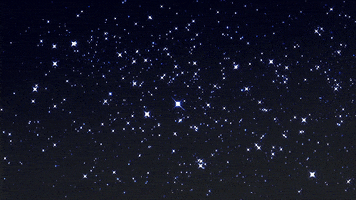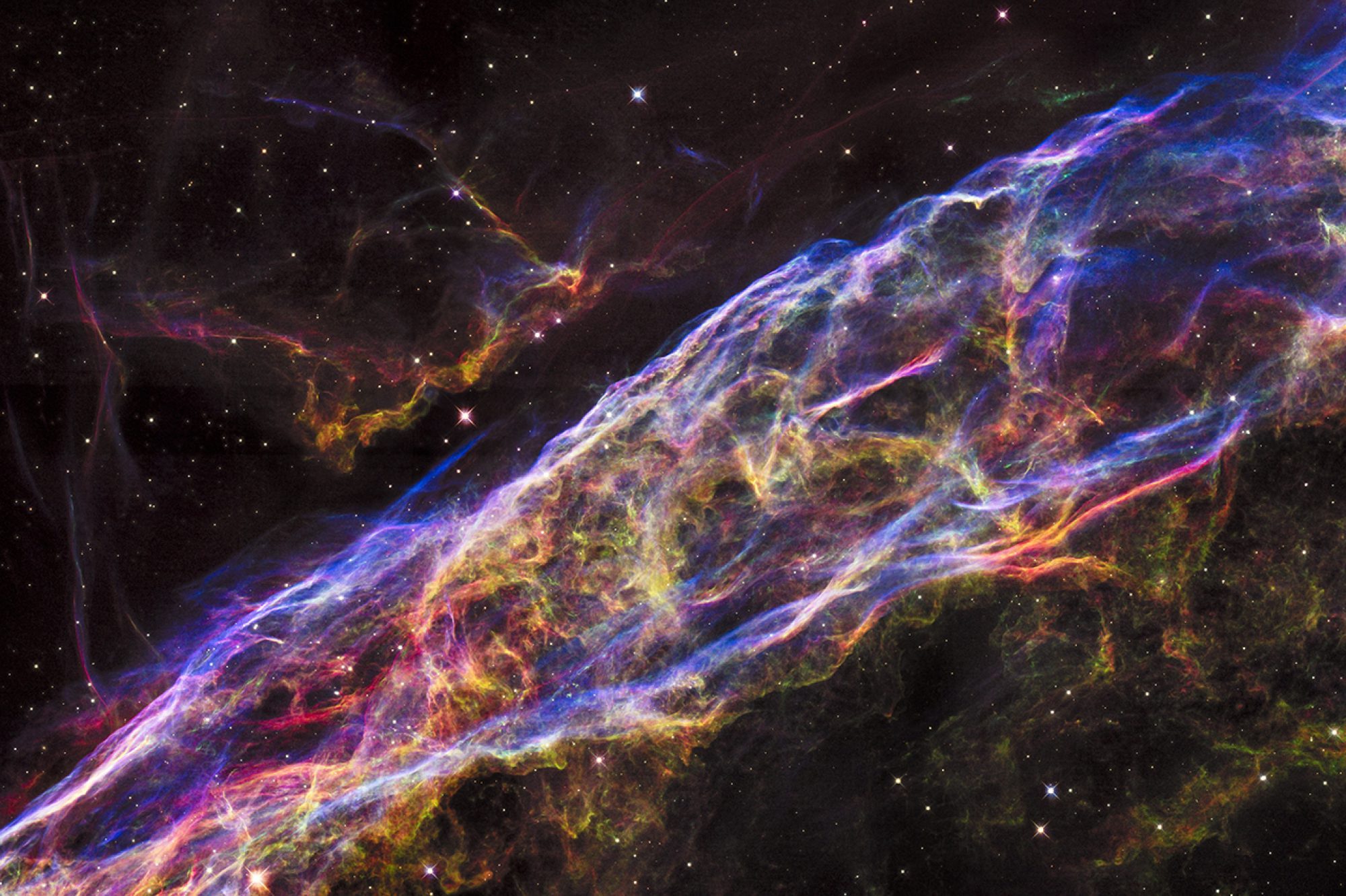Twinkle, twinkle, little star,
How I wonder …
WHY DO STARS TWINKLE?

To explain this phenomenon, first, we need to know the exact definition of twinkling. The scientific name of the twinkling stars is astronomical scintillation. Twinkling/ scintillation, is a general term for variations in apparent brightness or position of a distant luminous object when viewed through a certain medium.
The main reason for this occurrence is due to the presence of thick layers of air turbulence (moving air) in the Earth’s atmosphere. This air turbulence causes twinkling because it is a continuous process of changing how starlight bent. In other words, as a starlight travels into our atmosphere, each stream of starlight is refracted .This refraction change the direction of the star, slightly due to the temperature gradient and different density layers in the Earth’s atmosphere.The random refraction of the starlight results in the twinkling of the star.
Hence, stars tend to twinkle more when they are closer to the horizon and windy (extreme turbulent) nights. WHY? This is because the light of stars near the horizon has to travel through denser layer of air compared to the light of stars overhead. Thus, more refraction occur. Above the atmosphere, if we viewed from outer space (or from a planet that didn’t have an atmosphere), stars do not twinkle at all.

A misconception holds that planets don’t twinkle in our sky. In reality, they actually do, but planets shine more steadily. This is because they are closer to the Earth,hence they appear big enough that the twinkling is not realizable although the light from these planets is also refracted by Earth’s atmosphere.Besides, the size of a planet on the sky cancels out the turbulent effects of the atmosphere, hence a stable image is presented to the human’s eyes.

However, we might see the planets twinkling if we see them lower in the sky. This phenomenon occurs because there are more turbulence effects and in the direction of any horizon, we are looking through more atmosphere compared when we look overhead.
Now, shall we continue with our song earlier?
Twinkle, twinkle, little star,
How I wonder what you are!
Up above the world so high,
Like a diamond in the sky.
Extra link for this song is available here (just kidding :P) :


why do you think stars are created ?
LikeLike
Haha…that is an interesting question. First of all, why do you think stars are created? This question is a quite subjective question since different people have different perspective. Besides, He is the one who created the universe. It is like wondering why are trees created, why the color of the cloud white? However, the primary function of the stars is they balance the thermonuclear fusion with gravity based on their super-massive size. To know more examples, just stare at the Sun and think what we will happen to us without it.
LikeLike
This is really interesting! I always thought that planets didn’t twinkle at all. So if stars twinkle because they pass through different mediums, could other mediums add to the amount of twinkling? Say if we saw the light through a gas cloud somewhere outside the solar system? Or is it just related to the turbulence and density of our atmosphere?
LikeLike
Hey Natalie, that is a great question. To answer your first question,the addition of another mediums will either add to the amount of twinkling or maybe reduce the amount of twinkling. Why? This is because each medium has its own index of refraction and the twinkling is the function of refraction. However, the last question is quite funny since if the gas cloud is quite thick, you will not be able to see the stars..hehe.
LikeLike
Wow! Looking at the sky, I noticed that some stars twinkle a little bit, but I never knew why. Thank you for explaining it in such an easy and interesting way! I enjoyed your post! 🙂
LikeLike
Yeah,thanks for the compliment.
LikeLike
I like the twinkling atmosphere gif! That will really help people visualize the process. — your TA
LikeLike